Want to contribute to this article?
ISO 45001:2018 has been live for over 18 months.
The standard overhauled the core requirements of an occupational health and safety management system, and businesses have until March 2021 to complete their migration from OHSAS 18001.
So what's happened since the standard was launched?
ISO surveyed over 200 businesses in summer 2019 to gauge the uptake and impact of ISO 45001.
We took a look at the report.

Businesses are engaging
Just 12% of surveyed businesses had no intention to certify to ISO 45001.
19% are already certified, with another 42% in the accreditation process.
66% of those accrediting intend to roll out ISO 45001 across all sites, functions and departments of their organisations, demonstrating that OHS management has moved beyond high-risk factory floor and warehouse areas to encompass the entire business environment.
Gateway to business
Crucially, ISO 45001 is becoming an increasingly important requirement within business supply chains.
33% of surveyed businesses said they are already required to accredit by suppliers and customers, and another 21% said they would be required to hit the standard in future.
In turn, 42% of the respondents said they would be requiring other organisations within their supply chain to use ISO 45001.
We can expect this reciprocal, shared move towards healthier and safer supply chains to continue as the operational and financial benefits of OHS management become clearer.
Impact
Which clauses of the standard had had the biggest impact after implementation?
The surveyed businesses responded as follows:
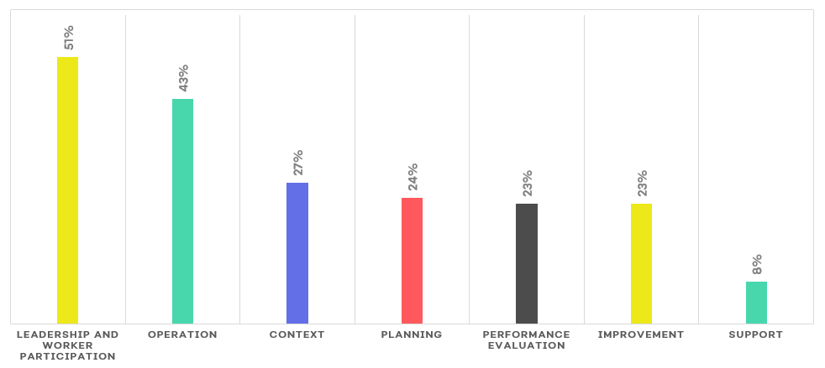
Perhaps unsurprisingly, the primary evolution from OHSAS 18001 to ISO 45001 - participation of all organisation layers in the OHS management programme - was felt to have had the most impact on accredited businesses and was seen as the biggest overall benefit of achieving the standard.
Difficulties
At the same time, leadership and worker participation ranked as the 'most difficult to meet' of the ISO 45001 clauses, with context and operation close behind.
Adopting a contextual, business-wide OHS system with active participation in all areas is at the heart of ISO 45001, and by extension appeared to be the biggest hurdle for accrediting businesses to tackle.
Read our 10 tips to promote workforce participation for ISO 45001
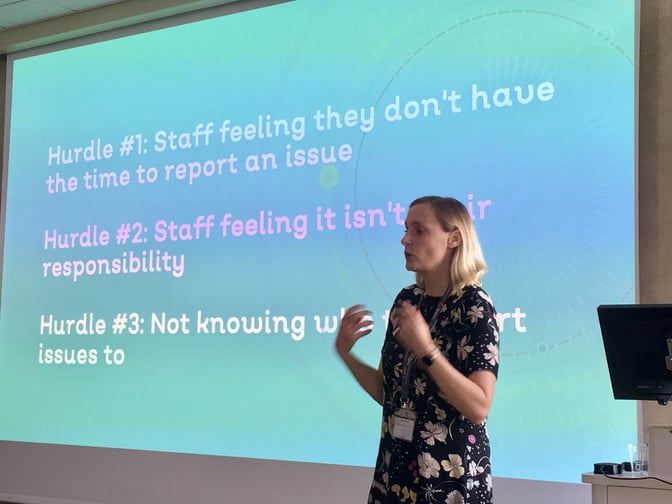
Qualsys Compliance Director Kate Armitage discusses the significance of business culture
for leadership participation at the Qualsys ISO 45001 event in September 2019
Other key areas that businesses struggled with during the move to ISO 45001 were:
- Collecting risk and opportunity data (read our tips, examples and ideas here)
- Investigating and following up on incidents
- Building an OHS culture (learn how to fix health and safety's image problem here)
- Tracking performance metrics
Next steps
Is your business making the move towards ISO 45001? Facing similar challenges?
Download our free toolkit and access a library of resources to help you on your way.




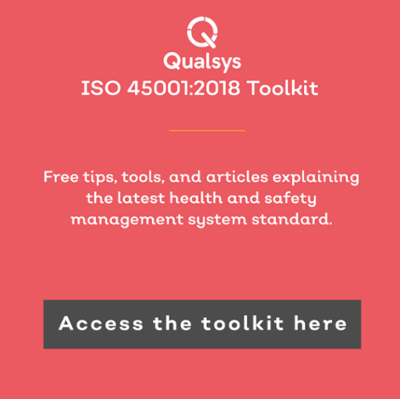
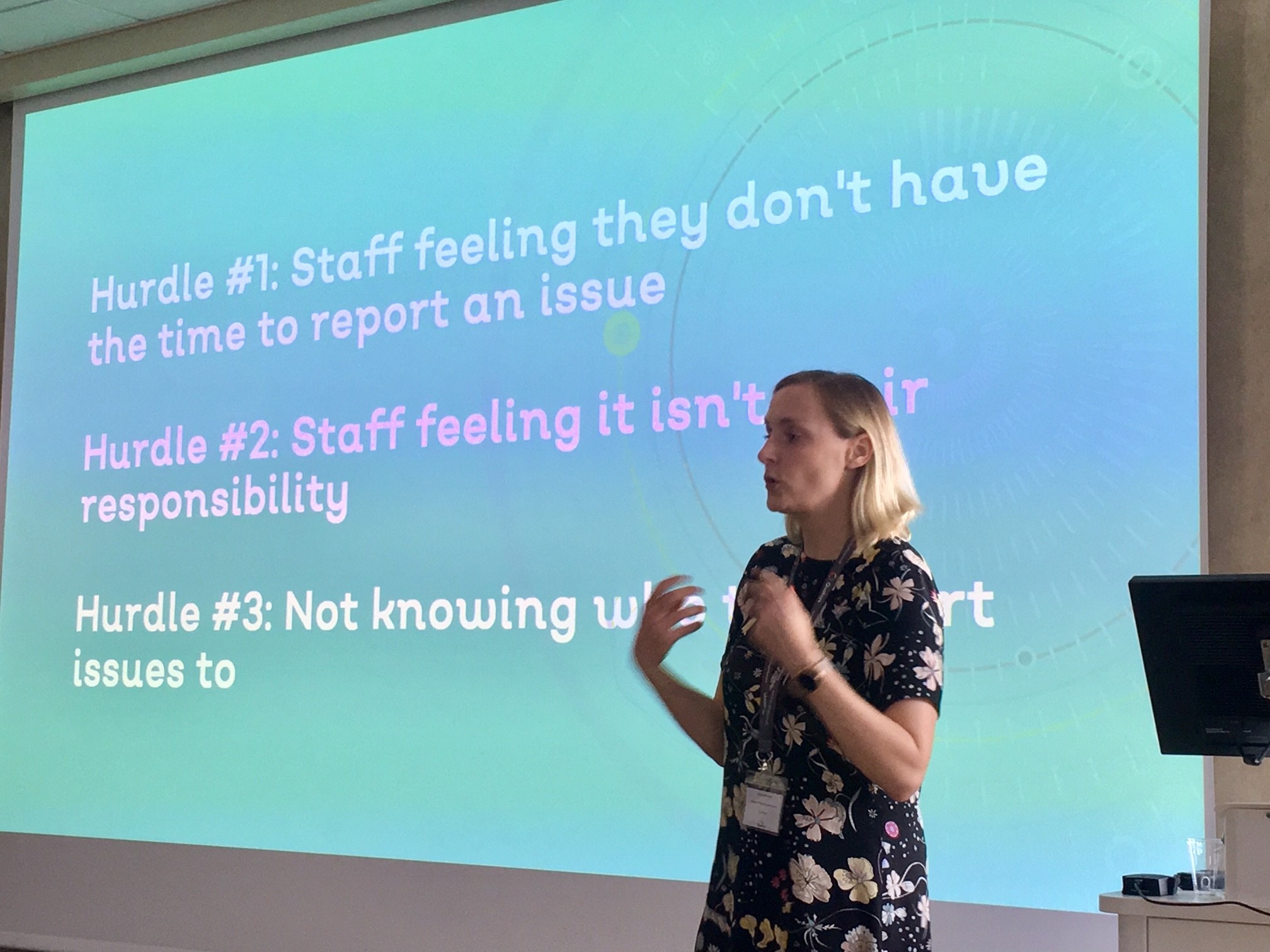


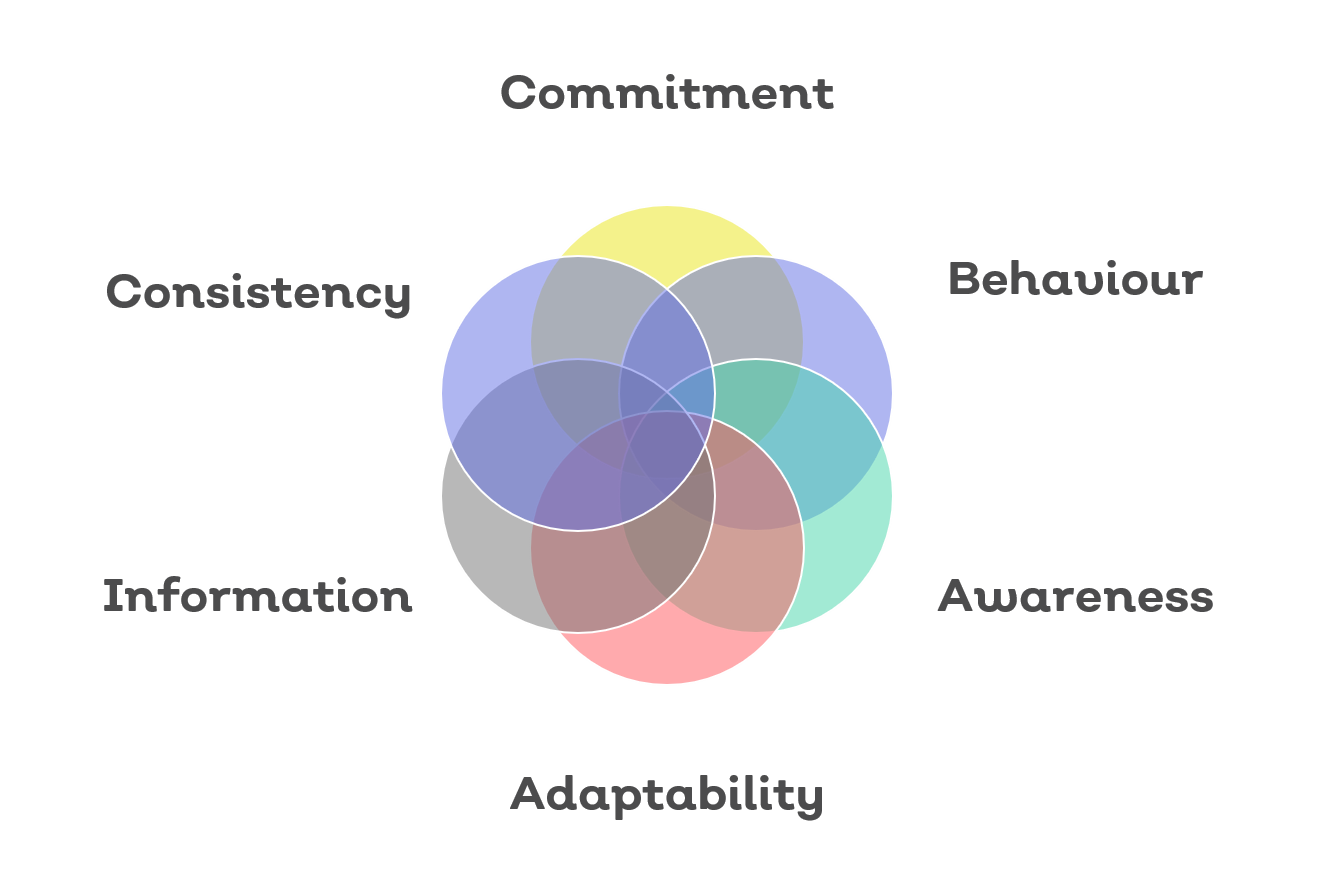
Share your thoughts on this article